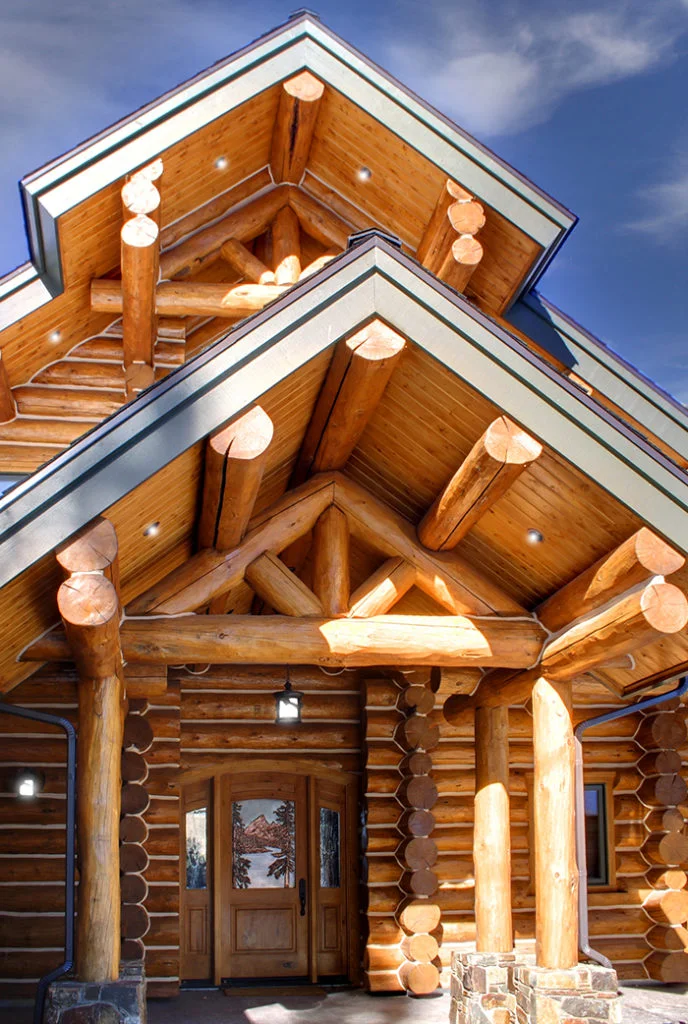Whether you are considering building a cabin or are just interested in using the logs that have already been cut, it is important to know what you can do to protect the wood from moisture and water. Here are a few tips that you can follow for a tree removal service in building your log cabin homes and to keep your wood from rotting.
Cost of logs
Depending on the type of logs you choose, the cost of logs for tree removal service on log cabin homes can vary. However, there are some tips that can help you save money while buying the best quality wood.
Buying logs from a local sawmill is an effective and cost-effective way to get the wood you need. Local wood will be more durable and weather resistant than logs from a long distance away. You may also get a discount for buying logs from a local sawmill.
Aside from the wood itself, the cost of logs for tree removal on log cabin homes can also include the cost of labor. This is because logging involves a lot of risks and special skills. This includes insurance, labor, and equipment depreciation.

Durability of logs
Choosing the right species of wood for your log cabin home is one of the most important factors in determining the longevity of your structure. Fortunately, you can make an educated decision on which species will work best for your needs.
Pine is a common choice for log cabin homes, and it is very durable. Pine does not rot as easily as other trees. In addition, it is cheap and easy to work with. It can be found in a variety of grains and colors.
Cedar is another common choice for log cabin homes, and it is also very durable. Cedar is also insect-resistant. This makes it a good choice for cabins that will be in the family for generations.
Finding the right logs to buy
Choosing the right logs to buy for your log cabin home project can make the difference between having a sturdy log home or a weak one. The right wood can also help you save some money.
The best way to find the right logs to buy is to look for a sawmill. Most sawmills will keep a limited supply of logs on hand, which means you can find a discount. The sawmill may also offer a discount to local residents.
Another way to find the right logs to buy is to look for a qualified tree removal log home professional. A qualified log home expert can save you time and money.
Keeping woodpeckers away from your logs
Keeping woodpeckers away from your logs is an important part of maintaining the health and appearance of your property. These birds can cause major damage, especially if you have a large home or live near a dense forest. Luckily, there are a few ways to help you get rid of them.
The best way to keep woodpeckers away from your logs is to get rid of any insect infestations that they may be attracted to. This may require the services of a professional pest control company.
Another great way to keep woodpeckers away from your logs is to use scare tactics. This can be as simple as hanging a scare tape on your home. The reflective nature of this tape will make the birds think twice about pecking at your windows.
Air-dried vs kiln-dried logs
Whether you’re building a log cabin home, a cottage, or simply want a new shed, you should know the difference between air-dried and kiln-dried logs. Each method has its own advantages and disadvantages, and you need to know what’s best for you.
The benefits of air-drying include a lower cost and a slower, less intensive process. But this method does not kill insects, mold, or fungus, and you may have to apply chemical treatments to extend the life of your wood.
Kiln drying is a more effective method of ridding wood of insects and infestations. It also produces a more durable log that is less likely to crack, warp, or bow. However, you do have to keep your wood in a climate-controlled environment.
Protecting your logs from water and moisture
Keeping your logs free of moisture and water is an important part of protecting your log home. If you don’t do it, your home may be susceptible to warping and mold. It’s easy to protect your logs from water and moisture by taking simple steps.
If you’re building a log home in a coastal environment, you should take special care. Typically, you’ll need to install wide roof overhangs and special windows and doors to prevent water from coming into contact with the logs. You should also take into consideration the local building codes and special considerations for flooding or hurricanes.
Fungus and insects are also a concern for log homes. When insects attack your wood, they can cause discoloration and rot. They also feed on the wood in the logs, using them as a food source for their breeding.